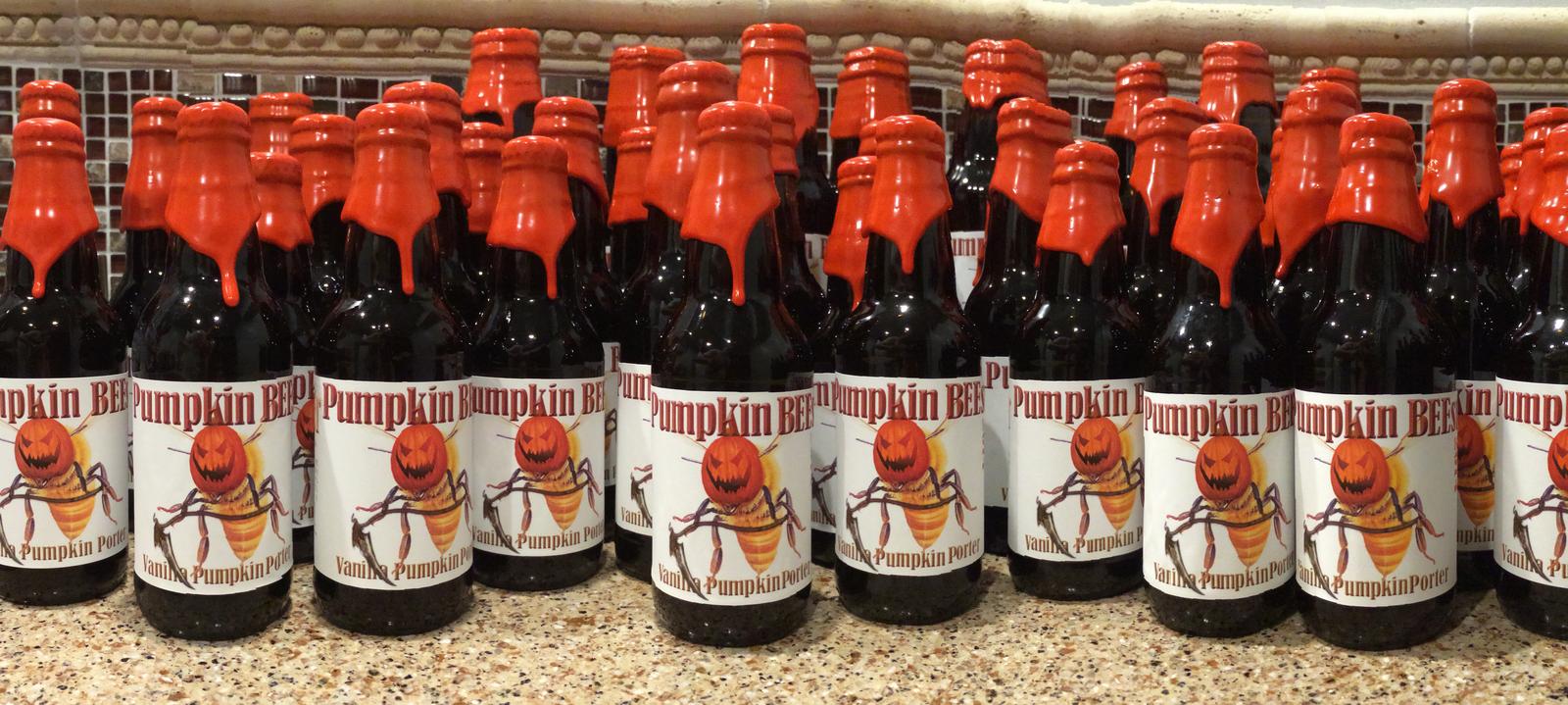Great thread! I love the creative repurposing of misc ordinary goods most of us have lying around the house.
I'm looking to seal some bottles for a couple of reasons:
1. I have some homebrew meads and wines that I had to use T-corks on since I don't have a corker and also because some of them are in screw-type champagne bottles (I don't have the caps). T-corks don't make a great seal so I'm concerned with oxidation over the a 2+ year storage time.
2. I have a number of nicer bottles of liquor like single malt Scotch whiskey, bourbon, and port which I'd like to keep around for a good number of years before drinking them.
My main concern here is reducing oxygen exposure and evaporation over time. I've read quite a bit about very slow leakage and evaporation through corks over long periods. Some even say that ambient smells will leech into the bottles over time and recommend you never use aerosols around your collection or store your bottles in cardboard (including the boxes whiskey may come in for example.)
While I have to say many of the pictures posted in this thread look completely awesome, I'm not really that concerned with making beautiful looking bottles (yet -- I will definitely try this at some point). Inspired by the OP's use of hot glue, I thought perhaps just ringing the T-corks with hot glue directly might have the same protecting effect. If there are any chemists out there, is there any way to tell whether hot glue is gas-permeable? Would the addition of wax increase/decrease the permeability? Or is all of this really more for aesthetics?
And one question to those that have stored bottles long-term and drank them -- have you noticed any off tastes/smells leeching in from the smell of the crayon/glue mixture? (I read it was a pretty bad smell when melting. I would be more concerned about this with corks than with caps.)
EDIT: According to Wikipedia, hot glue is at least somewhat gas permeable:
https://en.wikipedia.org/wiki/Hot-melt_adhesive
"EVAs are optically clearer and more gas and vapor permeable than polyolefins."
"Resistance to water and solvents is critical in some applications. For example, in textile industry, resistance to dry cleaning solvents may be required. Permeability to gases and water vapor may or may not be desirable."
And an interesting article about gas permeability of corks and questions about silicone and paraffin wax permeability:
https://oxidised-burgs.wikispaces.com/Corks
"Again according to Wikipedia, the solid forms of paraffin, called paraffin wax, are from the heaviest molecules from C20 to C40. Paraffin is also widely described to be gas permeable, but I could never quite find out how gas permeable the solid (wax) forms are."
"So maybe silicone coatings are more gas permeable than paraffin coatings, but how much more permeable are they? And what is the ultimate significance to the oxidation debate? At this point it is still unclear."







